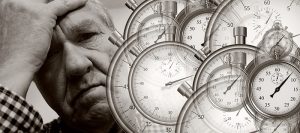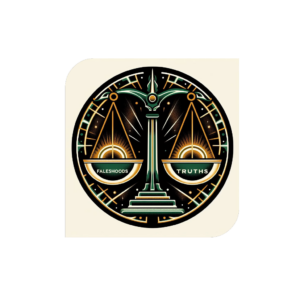Do you know what a "bad hair day" is? No, it's not just something for women to worry about; anybody can have one, even—at least figuratively—your system. And it's not just bad days, either; less than optimal times can happen at night, too.
As with hair, one of the things that can start matters going awry is the amount of moisture in the air. That can affect the sound of your system in at least two ways. One of them is the (sort of) obvious fact that having a different moisture load changes the speed of sound in air and can have a small but real and noticeable effect on the perceived acoustics of your listening room.
Moist air carries sound more quickly, so, when the humidity is high—especially when the higher humidity is caused or accompanied by higher temperature—music coming through the air from your speakers directly to your ears will get there some number of microseconds faster than normal. That means that, at least as regards direct sound, your listening room's dimensions become acoustically smaller.
Not all of the sound we hear, though, comes to us directly through the air. Some of it is indirect, still air-borne, but bouncing off the listening room's walls and ceiling as many as several times before it actually gets to our ears. And some of it—especially the lower frequencies—is direct but carried to us as vibration of the floor. Because the speed of sound in solids (the floor and our listening room chair) is greater than it is in gases (the air), we hear that part through our body by bone conduction even before it gets to our ears through the air.
Multiple arrival times—for sound coming to us by different paths or passing through different media—is one of the reasons why our music may, at times, not sound as "crisp," detailed, or impactful as is actually there on the recording. Images get blurred; transients get smeared; and much of the "life" of the music can be lost just because it doesn't all get to us at once. That's not just a phenomenon of high humidity and high temperature, though; it's always there in every system to at least some degree. It's just that changes in the weather can make the sound of our system different than what we're used to, for what seems to be no apparent reason, and that change is what we hear as a problem.
Another way that the weather can affect what we hear is by its effect on our speakers: Depending on their type and construction, it's possible that anything from a frequency response change to outright failure can occur. I don't play an instrument, so I can't verify it personally, but musical instruments are, like speakers, devices to vibrate the air to produce sound, and I've read that the pitch of a wind instrument increases as its temperature increases. It seems reasonable that something similar might happen with horn speakers, too, but even non-horns can be affected. Cone drivers, for example, have been made with diaphragms (the moving part) of anything from paper to aluminum and everything in-between, with a corresponding range of responses to changes in the weather. One good illustration of the effect of this is the old Bozak speakers. They were first built with paper- and then aluminum-cone tweeters; used mid-range cones that might be of either material, and had woofer cones pressed from felted lamb's wool. The effects of temperature and humidity were different for each type of driver material, and the result was that there could be audible changes in their overall sound, depending on the weather.
For planar speakers, too, particularly electrostatics, humidity can not only work to change their sound but can, if that humidity turns into liquid condensation, actually ruin or short-out the speaker. With electrostatic speakers having stator charges ranging from multi-hundred to multi-thousand volts, moist air can, under the right circumstances, actually make for the equivalent of micro-lightning bolts, burning away and permanently damaging spots on the conductive surface of the diaphragm. This may very well have to do with why, in Southern Asia and in the equatorial zones, where humidity always tends to be high, electrostatic speakers have never been as popular as horns or cones.
It's not just your room and the sound or performance of your speakers that can be influenced by the weather. Weather and temperature changes can affect other parts of your system, too, including its electronics. We've probably all had the experience of our system sounding different at night or during a rainstorm. Some night-time difference may simply be the result of differences in electrical power usage during those hours, but others, particularly when it's raining may actually have more to do with the effect of weather on our power lines.
As with any other cables, the power lines carrying electricity to our homes and systems have current-controlled electromagnetic fields surrounding them and voltage-controlled electrostatic fields surrounding their insulation. Also as with any other cable, the interaction of those fields with the carried signal (the AC power) affects the velocity of propagation of the power lines, and can ultimately have a discernible effect on the delivered power.
None of those changes is massive but, with even average human hearing having a 100 decibel range from the lowest sound we can hear to the loudest sound we can bear without injury, our ears have a single-scale resolution range of 1 to 1 billion—far greater than any known test instrument—so even differences that might seem prohibitively small may be clearly audible.
If they are, though, and they're something you haven't heard before, don't worry about it. Like a bad hair day, they may be gone by tomorrow!


































